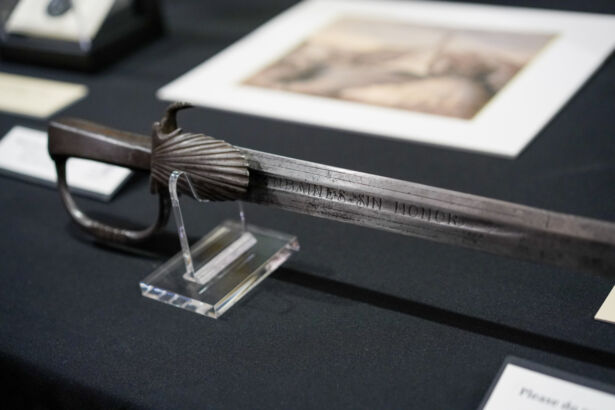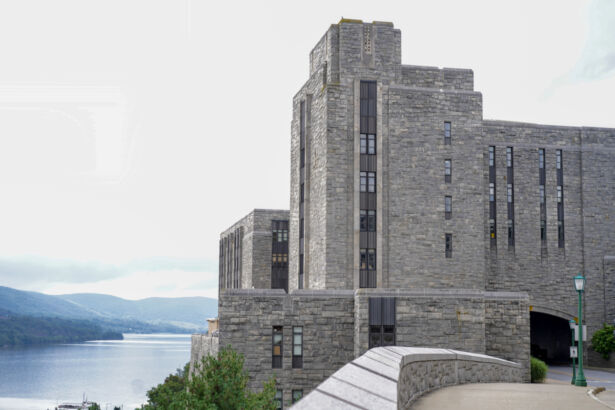The recent discovery of a nearly 200-year-old time capsule at West Point has rekindled the public’s interest in Thaddeus Kosciuszko, a key figure in the Revolutionary War and the subsequent founding of the nation.
Measuring about one square foot and made of lead, the time capsule was found in the base of the Kosciuszko Monument during renovation in May.
At a public unveiling ceremony on Aug. 28, West Point archeologist Paul Hudson opened the time capsule for the first time and found piles of silt at the bottom of the box, which he said appeared to have formed from disintegrated organic matter.
“Possibly paper, tooth, or bones,” Mr. Hudson told The Epoch Times. “If you get water infiltration 200 or 150 years ago, over time, it is going to fall apart … and you are left with dust.”
More research will be conducted on the silts to determine their original forms, he said.
Another clue is the stamp of the manufacturer on the lid of the box, which, if tracked down, may lead to new information about what was once buried inside the Kosciuszko Monument, he added.
Also in the time capsule, the West Point archeologist team found six silver American coins and an Erie Canal commemorative medal embedded within the matrix, according to an Aug. 30 press release.
The coins come in six different values: 1, 5, 10, 25, 50, and 100 cents; most dating back to the early 1800s.
Brig. Gen. Shane Reeves, dean of the academic board at West Point, said at the ceremony that Kosciuszko played a crucial role in the founding of the nation.
“He had a strong passion for freedom and equality, and his considerable military and engineering skills would eventually bring him to the United States in that most seminal year of 1776,” he said.
After two years on the battleground, Kosciuszko was named chief engineer at West Point to solidify what was considered at the time the most important military fortification for the Continental Army before returning to fight under Maj. Gen. Nathanael Greene in the South in 1780.

“Throughout the war, he carried a sword, and on his sword, there was an inscription,” Brig. Gen. Reeves said. “It says, ‘Do not draw me without reason; do not sheathe me without honor.’”
The inscription was in Spanish and read “no me embainenes sin honor.”
After the Revolutionary War, Kosciuszko returned to Poland and fought for independence for his homeland for many years.
While in Europe, he often wrote to Thomas Jefferson about starting a military academy for American officers, so much so that Brig. Gen. Reeves called him the founding father of West Point.

In 1829, 10 years after Kosciuszko’s death, a monument of his was completed and erected at West Point; it was estimated that the time capsule was put inside the monument at about the same time.
A statue of Kosciuszko was placed on top of the monument in 1913.
As restoration work continues, the academy plans to place a new time capsule inside the monument base to leave to future generations, according to Mr. Hudson.
Repair work is expected to finish in the summer of next year.
From The Epoch Times

